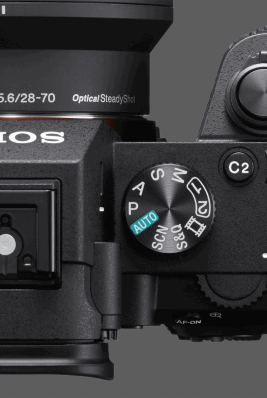I have never been a patient photographer with my camera. I have always looked to capture chaos, and the music business provided me just that.
In this article we dive into my self taught eccentric photography mind and discover the best tips and tricks to surviving and excelling within the music photography game.
There’s no simple answer to becoming a great music photographer. The truth is you need to create your own path, while taking inspiration and knowledge from where you can find it. A great music photo is incredibly subjective. What you may think is dirt, another photographer may find to be brilliant. So how do you win? The trick is to always be searching for a different point of view to everyone else. If you’re shooting a festival along with 20 other photographers, what’s the point in standing in front of the lead singer with the rest of them? Go and search for the vantage point that no one else is looking for.
This comes down to lens choice also; I’m big on getting weird with what I take to shoot. Everyone these days is using a very similar kit, so why not pick something different to use? Take a 8-15mm fisheye and shoot everything up close; or a 70-200 and take a huge step back! Before you step into a venue or to a location to shoot an act, do your research! Know what the bands stage movements are, and the general vibe of the lighting show they usually put on. This will give you a huge advantage over everyone else, especially when it comes to knowing your settings. If they have a massively backlit show, then you’re going to want to drop your shutter speed a bit and bump up your ISO.
When dealing with a higher ISO, you may experience grain (which I’m a fan of, but it’s not for everyone) - this can be handled within Lightroom, and with the longer shutter speed. Standing out is also within your settings. One of my favourite photos of recent times is the below shot of Nic from Northlane at the Roundhouse in Sydney. There was at least 15 photographers at the show, and I was searching for a new way to make my work stand out. So I dropped my shutter speed to 1/15sec, and my aperture right up to F/22. This gave the effect of his arms moving at lightning speed. This truly did stand out!

If you are new to photography, especially within the music scene, give 'S' (Shutter Priority) mode on your camera a shot. Shutter Priority, or 'S' mode, gives you total control over your shutter speed, which within the live music scene is the most important setting. Remember that a higher shutter speed will allow you to capture those moments such as jumping guitarists and lead singers that spit water everywhere (yes it happens a lot). Be careful to not set your shutter speed too high though, as you still want to allow enough light in - my general rule is to not go above 1/1600 sec

No matter the venue, I will always go into a live gig with two requirements in mind; to show how big the gig was, and the finer details. A band or musician will always want to show off the amount of people that they performed to; so it’s vital that you capture this element however possible. You will get access to the photo pit for only the first three songs, so you have the rest of the performance to show off how the show looked from the crowd. A wide lens such as the 16-35mm will be your best bet in this case! As for the finer details, this is where a telephoto lens will really help you out. I’m a huge fan of showing off the smaller things that even the crowd won't see, but will just add to your gallery.
Regardless of where you are within your music photography career, never stop learning. When you find yourself becoming comfortable with your shots, and consistently happy, then it’s absolutely time to change things up. Try a new editing technique, a new lens, or even just a different genre of music to shoot. Stepping outside your comfort zone is key!








